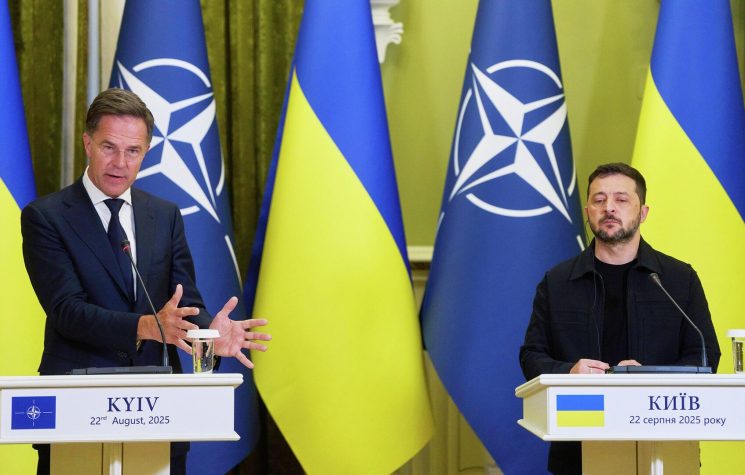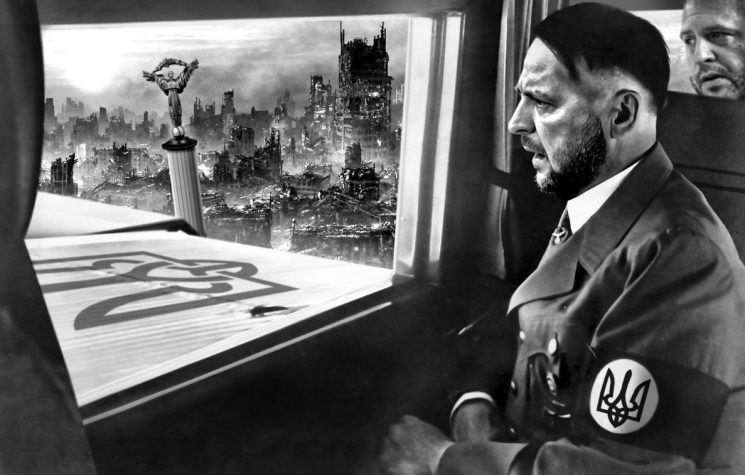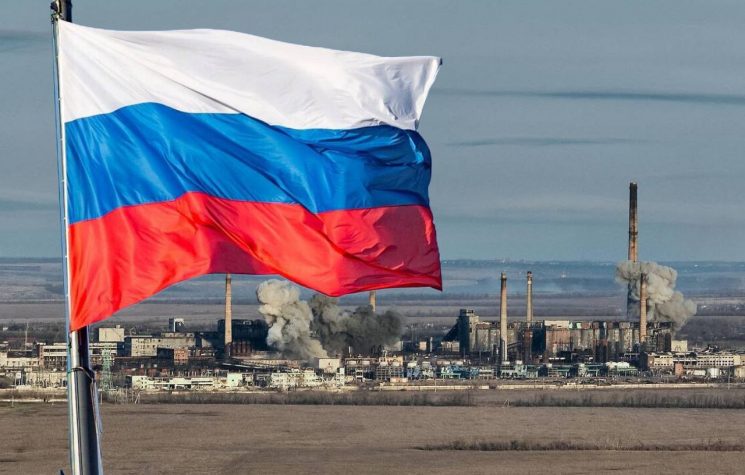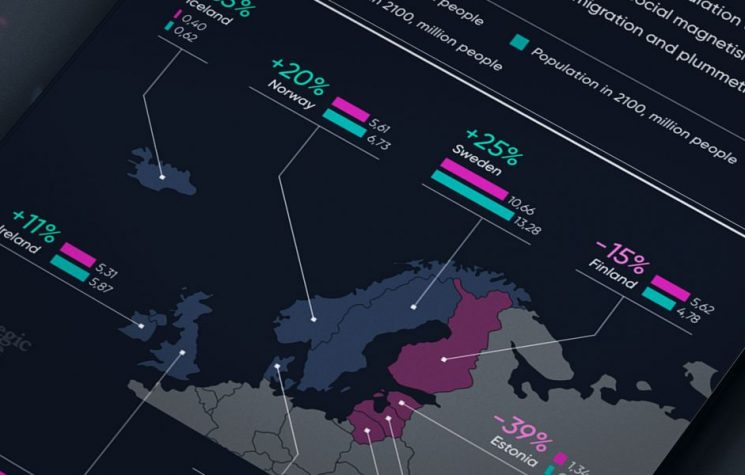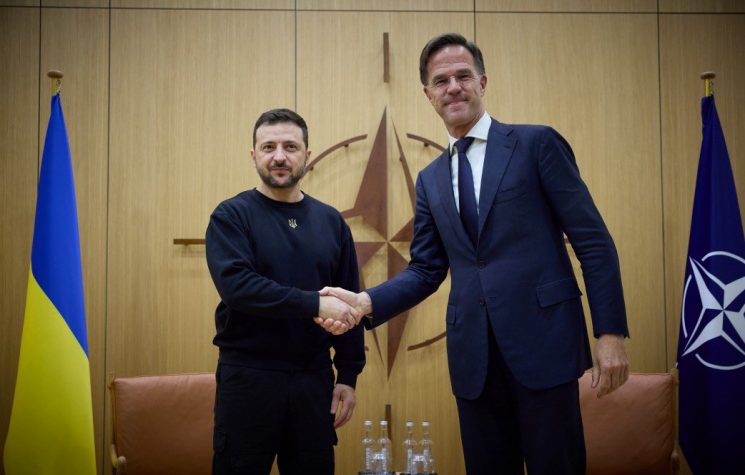While defending the competing approach in Ukraine, Borrell has been a strong critic of Israel’s extermination of Palestinians in Gaza.
Contact us: info@strategic-culture.su
At the beginning of November, the European Union’s High Representative for Foreign Affairs and Security Policy, Josep Borrell, went to Kiev to signal that the Europeans will continue their strong support for the Ukrainian armed forces in the war against Russia.
The visit took place shortly after Donald Trump’s victory in the U.S. – who has indicated numerous times that he intends to disengage his country from the conflict. “We have supported Ukraine from the beginning and today we are sending the same message: we support it in every way we can,” the diplomat said on the 9th.
When Borrell was in Kiev, the Institute of the World Economy in Kiel, Germany, calculated that the European Union had already allocated 125 billion dollars to the government of President Vladimir Zelensky since the beginning of the Russian intervention in February 2022. This is more than the amount sent by the U.S. (90 billion dollars).
While defending the competing approach in Ukraine, Borrell has been a strong critic of Israel’s extermination of Palestinians in Gaza. He has called the situation in the Palestinian enclave, where more than 44,000 people have been killed by Israel, a “human tragedy” and “the greatest humanitarian crisis since World War II.”
He has also indicated that Israel could be committing war crimes and, in November, he intended to suspend talks between the European Union and Israel due to violations of human rights and international law in Gaza.
Despite adopting a critical stance on Tel Aviv’s actions, it is absurd to consider the positions of the head of European diplomacy as anti-Semitic – something that Benjamin Netanyahu’s office has done. In 2022, he famously declared that the extermination of 5 million Jews by German Nazis in World War II was “the greatest tragedy in the history of humanity.”
A photo taken by Reuters reporter Gleb Garanich, however, helps shed light on the double standard behind Borrell’s apparent humanitarianism. While visiting an exhibition of military equipment used by Ukrainians in the conflict, he passed a tank covered in graffiti and drawings made by the military. These indicate that the tank belonged to the infamous Azov Battalion, as it had a drawing of its shield, with a Ƶ, next to a swastika.
The Ƶ , inside the Azov shield, is a Wolfsangel, one of the many emblems used by the German Nazis. And the swastika – well, the swastika…
The Azov Battalion is one of the most notorious participants on the Ukrainian side in the war. In fact, it was instrumental in starting the war. It was founded in 2014 by neo-Nazi elements who formed the shock troops of Euromaidan, a color revolution that overthrew the then Ukrainian government and replaced it with a junta influenced by far-right groups that, like Azov, have since become prominent in Ukrainian politics. The Azov coup was at the forefront of the new regime’s drive to suppress the uprisings in Donbass against the coup d’etat, which led to the conflict we see to this day.
“LGBT people and foreign embassies say that there were not so many Nazis who participated in the Maidan, that only about 10% were ideological [militants],” Evgeni Karas, leader of C14, a neo-Nazi militia, said in early 2022. “If it weren’t for these 8%, the effectiveness [of Euromaidan] would have fallen by 90%,” he commented, adding that without this, Euromaidan would have been nothing more than a “gay parade” – this kind of recognition only the most blatant extremists have the courage to make.
The movement that led to the overthrow of then-president Viktor Yanukovych and the rise of far-right organizations was sparked by the European Union’s dissatisfaction with the Ukrainian president’s stance, which preferred to maintain Ukraine’s neutral status by refusing to sign a free trade agreement with the bloc. One of Borrell’s predecessors as head of EU diplomacy, Catherine Ashton, soon traveled to Ukraine with Victoria Nuland, assistant secretary at the U.S. Department of State, where they met with representatives of neo-Nazi groups. The supposedly democratic façade of the protests, the NGOs, had been heavily funded by the European Union and the U.S. for many years before Euromaidan.
The triumphant members of Pravy Sektor and Svoboda – other neo-Nazi groups – took up positions in the judiciary, the Ministry of Defense and national security agencies. Six of the new governors imposed by the new regime were members of Svoboda, which until 2004 was called the National Socialist Party of Ukraine. In 2018, C14, the former youth wing of Svoboda, signed an agreement with the Kiev mayor’s office to patrol the city’s streets, meaning it was incorporated into the official forces.
Under Zelensky’s term, it was Azov’s turn to be incorporated into the National Guard as a regiment. Its militia, which guarded the streets, was placed under the supervision of the Ministry of the Interior and sent to operate throughout the country in conjunction with the national police. In late 2021, Dmytro Yarosh, former leader of Pravy Sektor between 2013 and 2015, became an advisor to the commander-in-chief of the Ukrainian armed forces.
In 2020, the Ukrainian parliament established the birthdays of seven notorious collaborators of the German occupation of Ukraine during World War II as official commemorative dates. Meanwhile, Azov members helped Zelensky persecute opponents. In 2019, they raided Viktor Medvedchuk’s house, and a year later, the regime’s main opponent was arrested for “treason,” according to Zelensky.
Neo-Nazis continued to receive awards and high-ranking government positions. In December 2021, the president awarded a leader of Pravy Sektor the title of “Hero of Ukraine.” This indicates the prestige of these sectors within the regime, but also a reward for their decisive actions on the battlefield.
Neo-Nazi groups have been on the front lines of the war since its beginning. Residents of Donbass still tell horrific stories of the horrors committed by Ukrainian infantry during the harshest period of the war, between 2014 and 2015. In Lugansk, where I was in the first half of 2022, the most barbaric were the Aidar Battalion. Another organization of neo-Nazi fighters, Aidar – like Azov – received funding from the oligarch Igor Kolomoisky, Zelensky’s main sponsor. Residents of villages in Luhansk will never forget, for example, the shooting of 18 people near the Novosvetlovska church, or the shelling of the church itself, where dozens of people were taking shelter. Soon after the Russian intervention, Zelensky appointed a former commander of the Aidar battalion as the new general administrator of the Odessa oblast.
Just like the front NGOs that paved the way for neo-Nazism to take power in Ukraine, these parties and armed militias were also – and continue to be – funded by the U.S. and the European Union. In 2016, some of the weapons sent by the Pentagon were sent to Azov. In late 2017, U.S. military officers provided field advice to the group. The Azov also received instructors and British grenade launchers from NATO countries shortly after the Russian intervention, as did the Pravy Sektor.
A report by the Institute for European, Russian and Eurasian Studies at George Washington University published in September 2021 indicated that the “Centuria” group, also of neo-Nazi orientation and formed by officers of the Ukrainian army, participated in joint military exercises between France, Germany, Poland, the United Kingdom, Canada and the United States.
Simultaneously with the takeover of state institutions by the fascist far-right, Ukraine has been falling apart economically. This is not only due to the war, but also to the high price paid by Kiev for its informal integration into the European Union: the transfer of public assets to private hands, whether of national oligarchs or foreign businessmen and banks. These are the “reforms” that a subservient government makes to adapt to the will of its guardians.
“Ukraine continues to advance with fundamental reforms to become a member of the EU, while at the same time fighting a war of aggression,” Borrell said in October, when presenting the annual report on the expansion of the European Union. He also said the bloc would “continue to support Ukraine on both fronts.” The European Union has already supplied more than 980,000 rounds of ammunition to Ukraine’s war with Russia, and Borrell has promised to supply a million by the end of the year. Around 15,000 civilians have been killed in Donbass since 2014 thanks to such support.


















